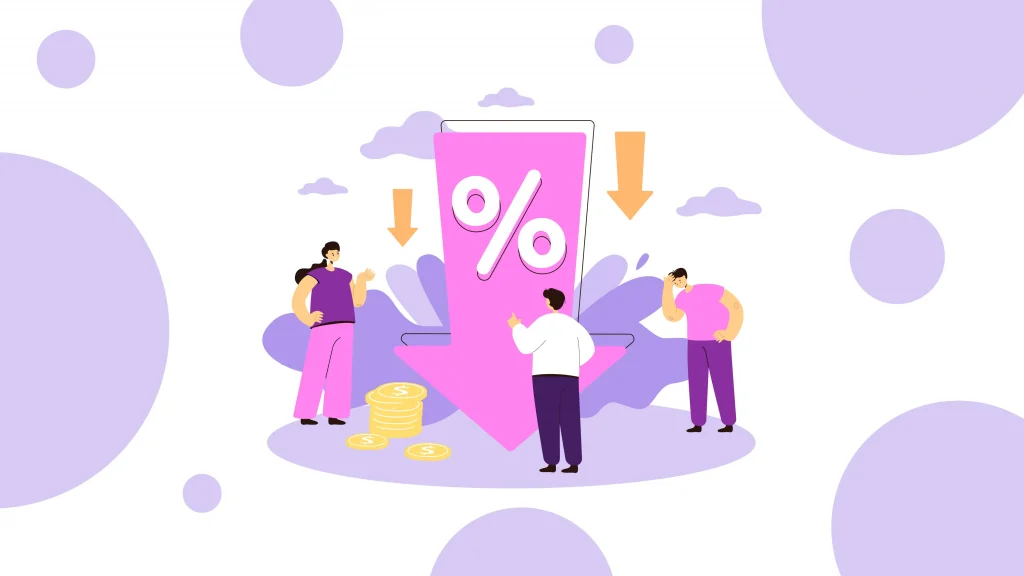What is Price Discrimination?
Price discrimination involves charging different prices for the same product or service based on certain factors, such as the customer’s location, time of purchase, or buying history. Businesses use price monitoring and dynamic repricing software to implement price discrimination strategies in order to increase profits by charging customers different prices based on their willingness to pay.
Examples of Price Discrimination
Benefits and Downsides of Using Price Discrimination
Price discrimination benefits both the company and the customer. For the company, it increases profits by charging customers different prices based on their willingness to pay. For the customer, it results in lower prices if they are willing to buy in bulk or if they are able to take advantage of discounts and deals.
However, price discrimination can lead to confusion and frustration among customers who may feel they are paying more than others for the same product or service. It can also lead to price discrimination against certain groups of customers, such as those who are less able to negotiate or those who are not aware of discounts and deals. Therefore, it is important to be mindful of the potential drawbacks and take steps to ensure that it does not lead to discrimination against certain groups of customers.
Summary
In conclusion, price discrimination is a practice that companies in various industries commonly use to increase profits by charging customers different prices based on certain factors. Businesses can use price monitoring and dynamic repricing software to partake in price discrimination strategies, such as dynamic pricing, geographic pricing, personal pricing, and bulk discounts. While price discrimination can benefit both the company and the customer, it is important to be aware of the potential drawbacks and take steps to ensure that it does not discriminate against certain groups of customers unethically.
Want to take control of your price points?
With the power of DataSearch, you can find, receive, and analyze pricing data with the click of a few buttons.


